Tasman RU creating a pathway to the Crusaders
Fullback David Havili is one of a record seven Tasman Makos in the Crusaders squad this season.
When the Tasman Rugby Union weighs up a potential recruit, the first question the coaches ask themselves is "is he good enough to be a Crusader?"
Tasman chief executive Tony Lewis said the union's No 1 priority is "growing the game of rugby". Their job is getting kids playing the game, getting them engaged and guiding them on the path from school rugby towards senior rugby, whether that be as players, coaches or referees.
But when it comes to the job of the Tasman Makos, the focus is to retain the best talent within the region, complement that by bringing talent players into the region and to develop future Crusaders.
The Makos have record representation in the Crusaders this year with David Havili, Pete Samu, Jordan Taufua, Andrew Makalio, Tim Perry, Quinten Strange and Mitchell Hunt all handed contracts in 2017.
Loose forward Vernon Fredericks also made one appearance as injury-cover.
Lewis said he could list 22 players in this year's Mitre 10 Cup team with Super Rugby experience of some sort, whether that be as contracted players or wider training squad members.
So not only have the Makos got to the stage where you could name an entire XV of Super Rugby players but you actually have to leave some on the bench too.
That success at developing Super Rugby players makes the job of recruiting players that much easier and explains how Will Jordan, one of the stars of the New Zealand under-20 squad, opted for Tasman over his hometown province of Canterbury.
"He's a classic [example]," Lewis said, also mentioning Christchurch Boys' High School product, Alex Nankivell, as another.
"Will has been on our radar for close to two or three years. He was playing for the Christchurch Boys' First XV when we spotted him. We thought he had a lot of talent and we didn't think the Christchurch Boys' set-up showed his talent to the best, so we watched him playing colts rugby, we watched him in the under-19 championship and we met him, his father and his mother and put the case to him.
"He said he wanted to wear the red and black, being the red and black of the Crusaders, so how was the easiest way for him to get there? We said this is our team, this is what we're trying to achieve and we thought he was the perfect fullback for us.
"Kids these days, the first thing they want is a pathway. If they can see a pathway they're all over it. The second thing they want is quality coaching to assist that pathway and the third thing they want is a connection with the players. If there's no pathway why would you come here?"
Jordan was convinced, so he signed a two-year contract and, under the guidance of former All Blacks fullback Leon MacDonald, it's only a matter of time before becomes the next player to transition into Super Rugby.
Despite recording a financial surplus of $139,832 for 2016, Lewis said there's significant financial cost that comes with having so many Super Rugby players in their Mitre 10 Cup squad because players' demands increase with their success.
"It's tough," he said.
"The successes you have on the pitch cost you more off it. As soon as a player gets a Super contract or has success on the pitch you've got to pay them more.
"It's just the world we live in."
Lewis said Tasman relies on funding from New Zealand Rugby, which accounts for roughly 33 per cent of their income, and said the union simply "wouldn't be here" without their contribution.
"That being said, if you took out the trust funds from pub charities we'd also be gone and if you took out the sponsorship revenue we'd also be gone".
Although there was no present posted to their headquarters near Trafalgar Park after the British and Irish Lions tour, Lewis said New Zealand Rugby had accounted for the financial windfall during their 2016-2020 budget and that the revenue was spread evenly among the provincial unions during that timeframe.
